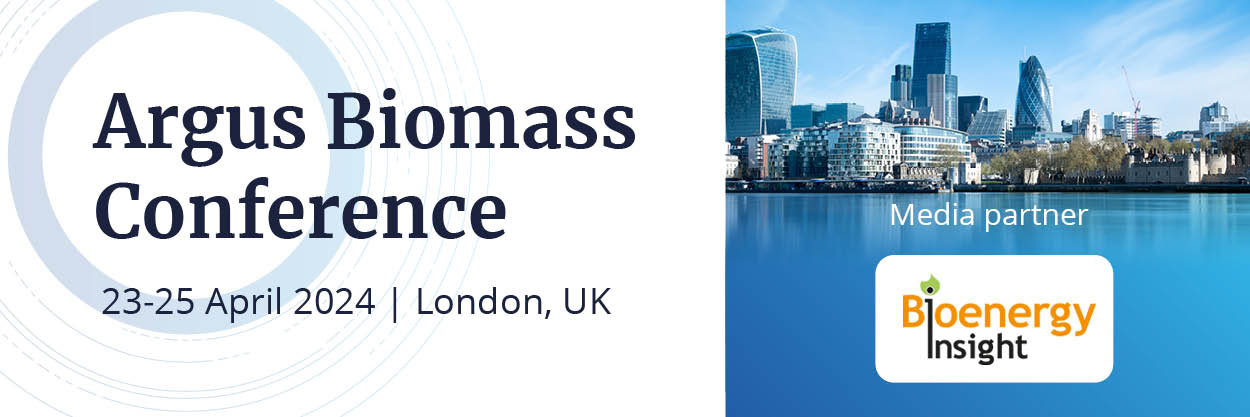Report looks at stimulating bioSNG investment
A new report, commissioned by Cadent and carried out by Ernst & Young has examined what market framework, mechanisms and incentives would be needed to roll out bioSNG (bio-substitute natural gas) plants across the UK.
According to a Cadent statement, the newly published report aims to ‘kick start an exploration of what foundations need to be in place to facilitate a green gas revolution in Britain’.
Cadent is currently backing what it calls ‘the world’s first’ commercially operating bioSNG plant, in Swindon, UK. Following a successful trial at the site, Cadent has provided £8.6 million of funding for a commercial plant which is due to begin production later this year. The facility turns household waste into gas.
The Ernst & Young report builds on this, exploring what would be required to develop a network of BioSNG plants across the country.
“In the future we could see a whole network of plants similar to the one we’re helping develop in Swindon springing up across the country. These would provide low carbon, sustainable and affordable energy that could be used with existing gas boilers and cookers or to fuel gas powered lorries and buses, while also reducing landfill waste and diesel emissions,” said Cadent’s Future Gas Strategy manager, Stuart Easterbrook.
“What we’re doing with this report is to focus on the bigger picture to ensure that everyone starts to think about the things that will need to be in place to facilitate this.”
Government support
Anthony Legg, Head of Power & Utilities, Economic Advisory, Ernst and Young, said: "There are a range of different ways that the government and Ofgem might be able to support investors into BioSNG projects.
“These options range from grants and guarantees of loans, through to various kinds of feed in tariffs or contracts for difference, or enabling gas distribution networks to invest in BioSNG plants as part of their regulated activities.”
He added: “Recognising that all of the available options have strengths and weaknesses and that further more detailed stakeholder engagement and quantitative analysis is needed; our report does not attempt to land on a single best option for policy makers to take forward.
“The report does, however, try and identify a short list of approaches which strike a good balance between de-risking projects to bring forward investments in the short term and exposing projects to the right amount of market forces to drive innovation and cost reductions over the medium and longer term."
























